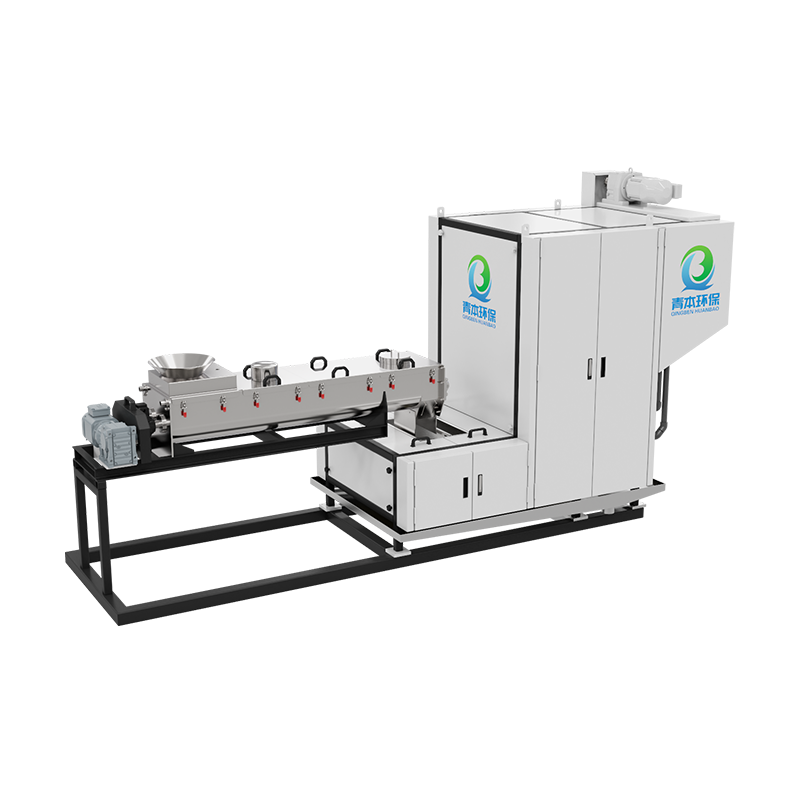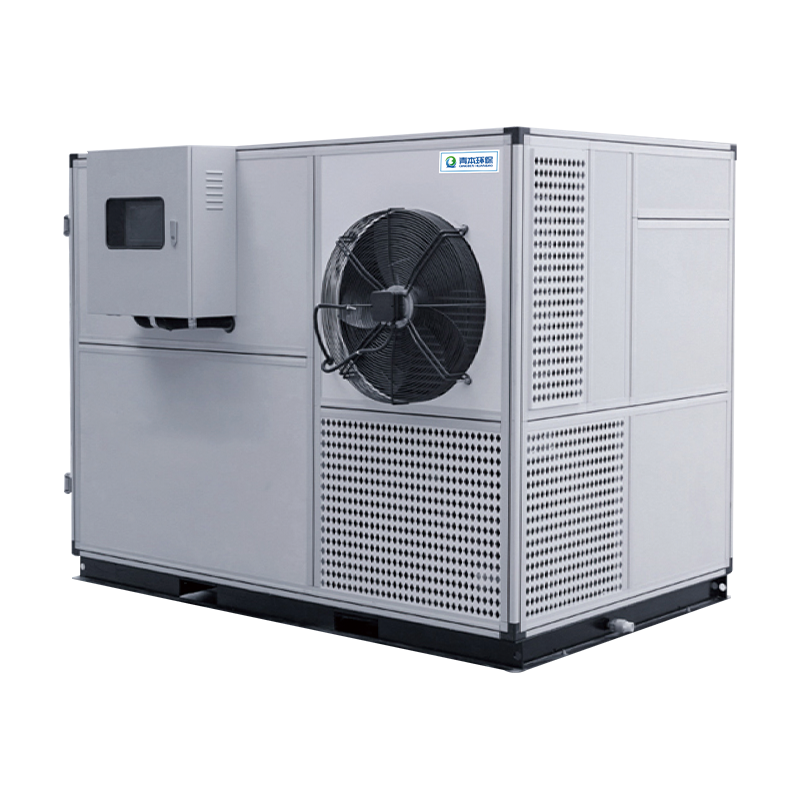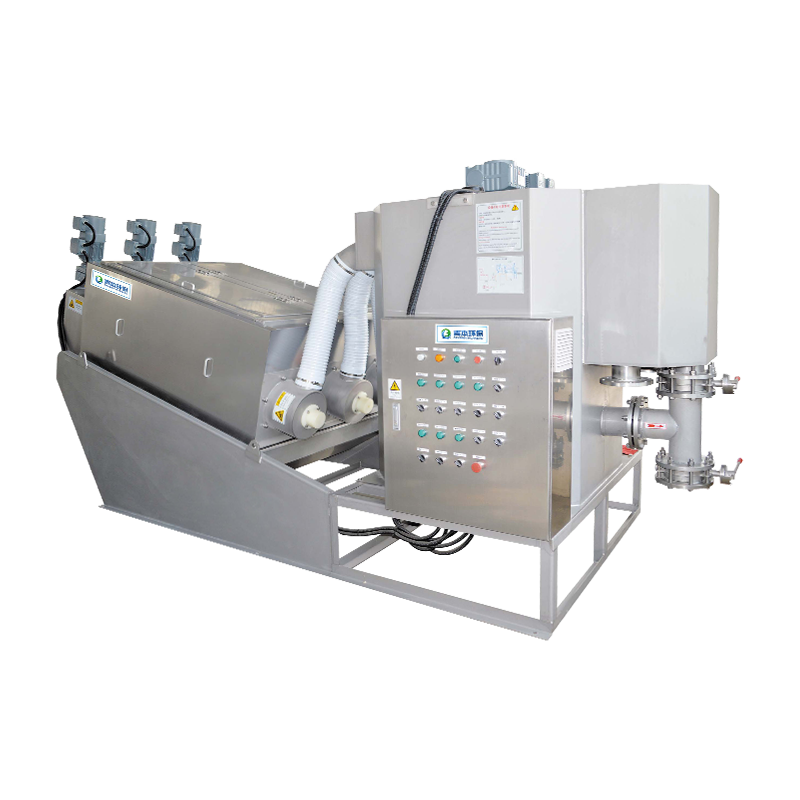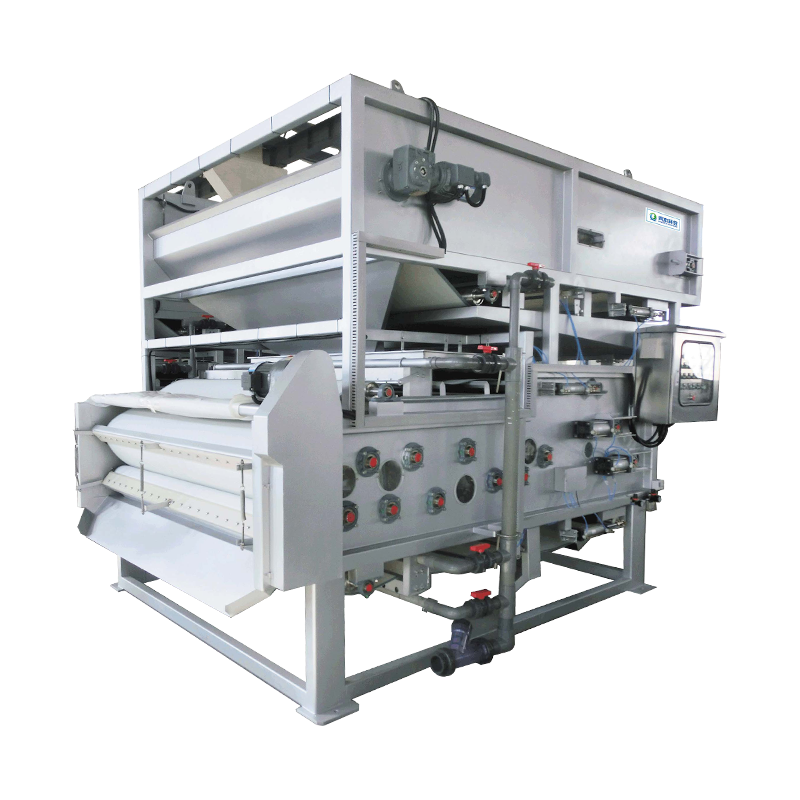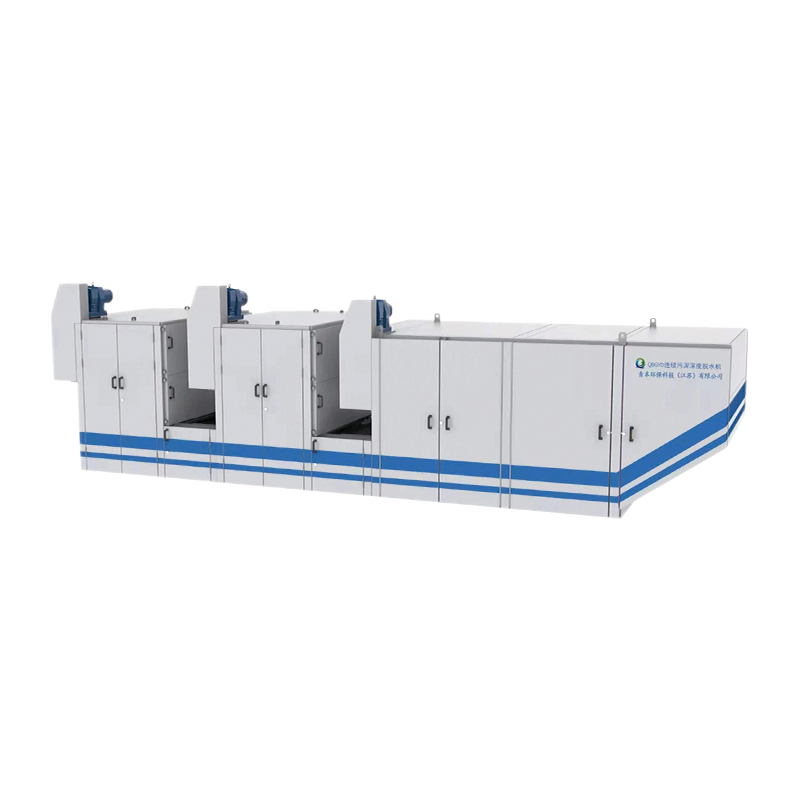Screw conveyors, as indispensable "material handlers" in industrial production, are widely used in chemical, food, building materials, and mining industries due to their simple structure, good sealing, and convenient operation. However, many operators often have a misconception: they believe that as long as the equipment is running, it doesn't require much attention. Little do they know that regular and thorough cleaning of screw conveyors is not just superfluous "maintenance," but a "lifeline" for ensuring production safety, stability, and efficiency.
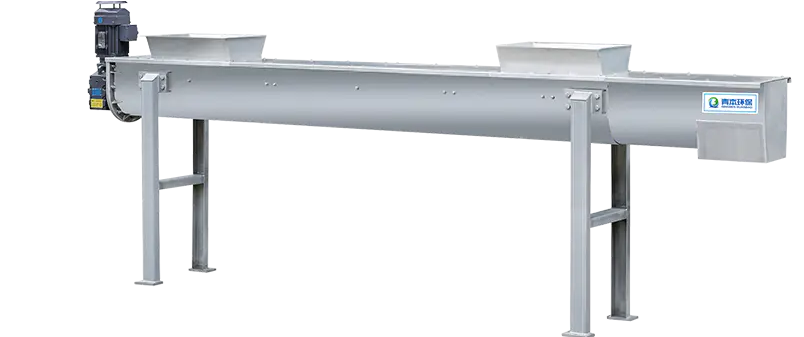
Content
1. Ensuring Production Safety
This is the primary task of cleaning work, concerning the safety of life and property.
Preventing Fires and Explosions
Dust Explosions: When conveying materials such as grain, feed, plastic granules, and metal powder, a large amount of combustible dust is generated. This dust accumulates on the inner wall of the casing, the screw blades, and the bearing housing. When the concentration reaches the explosive limit, it can trigger a devastating dust explosion when exposed to sparks, static electricity, or high temperatures. Regular cleaning can fundamentally eliminate dust accumulation and cut off the "fuel" for explosion.
Cross-contamination and Chemical Reactions: If the equipment is used to convey materials of different properties, residues may undergo chemical reactions, generating heat or flammable and explosive gases. For example, some chemical residues may spontaneously combust upon contact with water or another material.
Preventing Mechanical Injuries:
During cleaning, the "power off, tag, and lock" procedure must be strictly followed. This is not only a cleaning procedure but also a mandatory safety check, effectively preventing serious mechanical injury accidents caused by accidental start-up.
2. Ensuring Product Quality
For industries such as food, pharmaceuticals, and high-end chemicals, cleanliness is directly equivalent to product quality.
Avoiding Cross-Contamination: When the conveyor is used to process products of different batches, formulas, or colors, residues from the previous batch can mix into the next batch, causing product contamination, discoloration, and degradation, resulting in the scrapping of the entire batch and causing significant economic and reputational losses for the company.
Preventing Material Deterioration: Residual materials (especially food and organic matter) can mold, rot, and breed bacteria in humid and hot environments. These contaminated materials become sources of pollution, affecting all subsequent products and posing a threat to consumer health.
3. Maintaining Equipment Performance and Extending Service Life
Cleaning is the most direct form of "care" for equipment, effectively reducing operating costs.
Reducing Operating Load and Energy Consumption
Hard materials (such as cement and certain chemical raw materials) can cake inside the casing or become entangled on the screw shaft. This leads to a sharp increase in operating resistance, increased motor load, and higher energy consumption. Prolonged overload operation will shorten the motor's lifespan.
Reducing Equipment Wear and Failures
Residual particulate materials exacerbate wear on the screw blades and troughs. Especially when conveying highly abrasive materials, the residue acts like "sandpaper," constantly rubbing and causing the blades to thin, the gaps to widen, and the conveying efficiency to decrease.
Material entering the bearing seals accelerates seal wear, leading to lubricant leakage or contaminant entry, ultimately causing bearing seizure and damage, resulting in unplanned downtime.
Preventing Blockages and Seizures
This is one of the most common failures. Sticky, hygroscopic, or fibrous materials easily become entangled and caked at the feed inlet, bearings, or blades, eventually causing complete equipment jamming. Minor issues require manual cleaning and downtime, taking several hours; severe issues can burn out the motor or break the screw shaft, resulting in extremely high repair and time costs.
4. Improve Production Efficiency and Ensure Stable Operation
Ensuring Stable Conveying Efficiency
A clean, smoothly operating screw conveyor can consistently deliver at its designed capacity, ensuring smooth transitions between upstream and downstream production processes. Equipment with internal residue or partial blockages will experience unstable conveying volumes, affecting the balance of the entire production process.
Reducing Unplanned Downtime
Regular preventative cleaning can nip potential blockages and overload problems in the bud. Compared to emergency shutdowns due to malfunctions, planned, short-duration cleaning and maintenance have a much smaller impact on production schedules.
5. Providing Opportunities for Equipment Inspection
The cleaning process itself is a comprehensive "check-up" process.
With the equipment unloaded, operators or maintenance personnel can:
Clearly inspect the wear condition of the spiral blades.
Check for abnormal noises or looseness in the bearings.
Identify rust or damage on the inner wall of the housing.
Inspect the seals for integrity.








